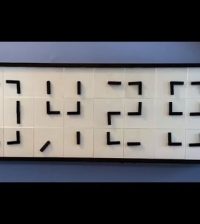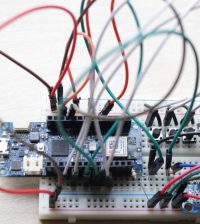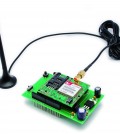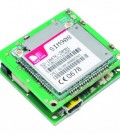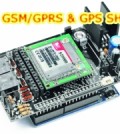- makeITcircular 2024 content launched – Part of Maker Faire Rome 2024Posted 2 weeks ago
- Application For Maker Faire Rome 2024: Deadline June 20thPosted 2 months ago
- Building a 3D Digital Clock with ArduinoPosted 7 months ago
- Creating a controller for Minecraft with realistic body movements using ArduinoPosted 7 months ago
- Snowflake with ArduinoPosted 8 months ago
- Holographic Christmas TreePosted 8 months ago
- Segstick: Build Your Own Self-Balancing Vehicle in Just 2 Days with ArduinoPosted 8 months ago
- ZSWatch: An Open-Source Smartwatch Project Based on the Zephyr Operating SystemPosted 9 months ago
- What is IoT and which devices to usePosted 9 months ago
- Maker Faire Rome Unveils Thrilling “Padel Smash Future” Pavilion for Sports EnthusiastsPosted 10 months ago
Dtto: a modular 3D printed robot that can build itself

Dtto is a 3D printed robot designed to be versatile, flexible, and self-reconfigurable, and which could potentially be used to perform rescue operations. The project, which is currently intended for research and education purposes, was inspired by the Japanese MTRAN III project and, curiously, by martial arts legend Bruce Lee:
“You must be shapeless, formless, like water. When you pour water in a cup, it becomes the cup. When you pour water in a bottle, it becomes the bottle. When you pour water in a teapot, it becomes the teapot. Become like water my friend.”
The chain-like robot is able to move in different ways. When several modules are joined together, Dtto can crawl like a snake, which—despite a limited speed—overcomes some of the challenges associated with wheeled and legged robots. But the 3D printed bot can also be assembled to have legs, and can even connect its “head” and “tail” modules and roll in a somersault motion—something we have never seen a snake do! As well as giving Dtto a range of movement possibilities, Alberto also plans to supply future versions of ditto with extra functions, such as a camera, ultra-sound sensor, gyroscope, accelerometer, and magnetometer.
Dtto was designed entirely on FreeCad, 3D printed on open-source 3D printers, and is licensed under the CC BY-SA 4.0 license. All files are available on GitHub. Alberto hopes that a scaled-up version of the robot could someday be used to perform rescue operations and explore unknown environments—including space.
Dtto specifications and components (per module):
- Dimensions: 64 x 64 x 130 mm
- Weight: ~210g
- 2 servos TowerPro SG92R for main movement (2.5kg/cm)
- 3 servos TowerPro SG90 for coupling mechanism (1.8kg/cm)
- 24 Alignment magnets (4×3 neodymium disc)
- 1 Arduino Nano v3.0
- 1 Bluetooth HC-06
- 1 RF. NRF2401+
- 1 WS2812 LED RGB
Source: 3ders.org


